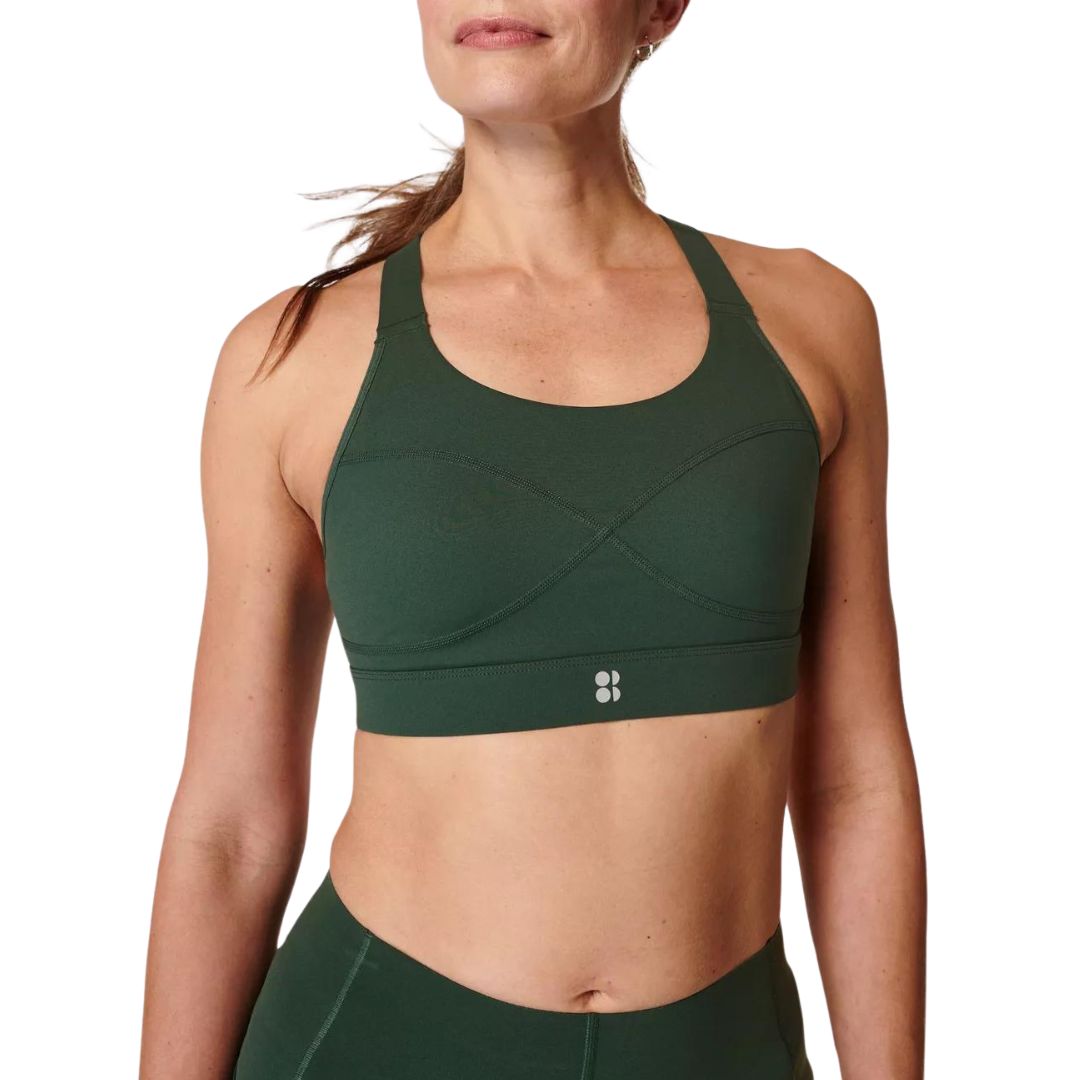Low-intensity workouts have completely transformed my fitness - 7 best workouts to try
Low intensity does not = low results.


Low-intensity workouts like Pilates and walking are all the rage right now - and for really good reason. Personally, my experience with adding low-intensity workouts into my routine has been game-changing. I'm a fitness trainer and Health Editor, you see, who's first foray into the world of workouts was gruelling high-intensity interval training sessions that made my heart skyrocket.
After a few years, I discovered weight training, too. This time, my focus was on how much my muscles could shake. My workouts were long, my reps were always a struggle and I even added on "finisher" circuits to the end of my sessions to ensure I'd finish completely out of breath.
Reader: I was knackered most of the time. Too much high intensity movement meant body was exhausted and nearly always ached, my hormones were a mess, and my mood was all over the place. That's when I learned about the benefits of lower-intensity training and changed the way I moved. My strength sessions became focused on slow and controlled movements that still worked the muscles but were much less manic. My cardio switched from fast-moving intervals to walking. I even swapped out some of my regular gym routines in favour of yoga and Pilates. And I have to say: it made me feel much more calm and energised.
That's not to say I don't do any high-intensity sessions now: over the summer, I took up running, for instance. But when I do that type of training, I balance it well with plenty of low-intensity workouts too. So if you're wanting to know the benefits of low-intensity training, I've got you. Not only do I have all of that experience but I'm also a qualified fitness trainer and a health editor. I've also asked Samantha Cubbins, manager at Gymshark's Lifting Club, for her take, too. Keep scrolling for more - and don't miss our guides to low impact strength training and low impact workouts for beginners, while you're here.
Your guide to low intensity workouts, plus how they transformed my fitness
What are low-intensity workouts?
As you can likely tell from the above descriptions, low-intensity workouts are those that simply feel less intense. "Low-intensity training describes workouts that don't increase the heart rate so high that you have to stop for a prolonged rest - think lifting weights, but not to a point where you have to stop," says Cubbins.
The scientific way of measuring that is any workout where your heart rate is the 40 to 50% of its max - a figure you can track on your fitness tracker. That said, it's not quite perfect, as some workouts like weight lifting might not get your heart rate up too high but still be classed as "intense."
One good way of measuring how intense a workout is is by using the talk test. If you can hold a conversation while exercising, it's low intensity - think a steady walking workout. If you could talk but not sing, it's moderate intensity - think jogging. And if you couldn't say more than a word or two, it's high intensity - think sprinting. So the next time you're doing a Pilates workout, running and walking, think: could I chat away to my friend while doing this?
Celebrity news, beauty, fashion advice, and fascinating features, delivered straight to your inbox!
Note: low-intensity training isn't the same as low-impact training. The latter is about reducing impact in your joints, meaning no jumping or heavy landing, but this type of movement can still be very intense (for example, a spin class).
What are the benefits of low-intensity workouts?
There are benefits to every single type of movement you do, including high-intensity training, moderate-intensity workouts and low-intensity exercise. This isn't to say that one type of movement is better than the other but so you know that your low-intensity movement comes with all of these benefits:
1. Reduced fatigue
"Moving releases feel-good hormones and can increase energy," says Cubbins. A study reported in Sage found that people using a treadmill at low intensities versus moderate intensities all reported better mood and less depression, anger and fatigue.
2. Reduced pain
"When we exercise, we move blood around the body. Blood carries nutrients that help heal and repair," says Cubbins.
In fact, 2020 research found that low-intensity exercise improved pain and quality of life in women with fibromyalgia. Meanwhile, countless studies show how yoga classes and Pilates can ease aches and strains.
3. Reduced stress
"High intense workouts can, for some people, increase stress in the body and mind. Finding the right intensity for you is important," says Cubbins. Indeed, a 2021 study from Cell Metabolism shows that just one week of excessive HIIT training can change impact mitochondrial function - the cells in the body that produce energy - and lead to a disturbance in metabolism.
Plus, high-intensity exercise is a stressor on the body. If not done alongside restorative activities such as low-intensity exercise then the stress can accumulate.
4. Increases mobility and balance
"Low-intensity training tends to involve slowing down and taking time to focus on these areas," says Cubbins. With workouts like yoga and Pilates being great examples of low-intensity movement, you'll be improving joint health.
5. Reduced risk of injury
Similarly, research has shown that low intensity workouts carry a reduced risk of injury.
What intensity is right for beginners?
It's really hard to prescribe the right intensity for a person. As Cubbins suggested above, getting to grips with a movement pattern slowly and without too much load - as in low-intensity movement - can help you focus on form, build confidence and prevent injury. Those wanting to get into running might also want to start with walking or light jogging to get used to spending time on their feet.
But there's nothing wrong with beginners performing higher-intensity movement either, as long as it's relative to them. What feels "highly intense" to a beginner won't be the same as someone who has been training for years - so make sure to follow beginner high-intensity workouts that will work within your parameters.
7 best low-intensity workouts
1. 10-minute morning yoga by Yoga With Adrienne
What? A gentle stretch to ease you into the day.
Why? If all you have time for is a quick morning session, a low-intensity workout like yoga can be better for you than jumping around and getting sweaty before you're properly awake.
How long? 10 minutes.
2. Slow strength training by MadFit
What? A controlled workout that will build strength without intensity.
Why? A great one to do if you're looking to swap some of your gym workouts for lower-intensity movement while maintaining strength.
How long? 20 minutes.
3. Beginner Pilates by Move With Nicole
What? A 30-minute Pilates session specifically for beginners.
Why? Move With Nicole is a brilliant instructor who will talk you through all of the techniques and cues you need to know as a beginner.
How long? 30 minutes.
4. Intermediate Pilates workout by Move With Nicole
What? A slightly more advanced but still low-intensity Pilates session.
Why? For those who are more experienced with Pilates, this is a brilliant way to keep low-intensity training in your week.
How long? 30 minutes.
5. Home LISS workout by Caroline Girvan
What? A low-intensity, steady-state (known as LISS) cardio workout.
Why? With this LISS workout, you'll be maintaining a steady pace and heart rate for a full 30 minutes - packing in loads of benefits.
How long? 30 minutes.
6. Treadmill strut workout by Allie Bennett
What? 45 minutes of walking on a treadmill like you've never done before.
Why? Treadmill struts are for people who like moving to good music and want to end feeling strong and sassy (Bennett has tonnes of versions for every mood on her profile, so check out the entire playlist).
How long? 45 minutes.
7. Relaxing night-time yoga session by Shona Vertue
What? A long evening yoga session designed to chill you out.
Why? High-intensity workouts before bed are shown to disrupt sleep, so opt for lower-intensity forms of movement to melt away stress and wind down for bed.
How long? 60 minutes.
Shop MC UK's go-to fit kit now:
Are low intensity workouts better for you?
This will totally depend on your end goal, that said, low-intensity workouts can certainly allow you to exercise at a lower intensity for a long amount of time. "Low-intensity exercise is great for when you're learning about a new movement. You can always add load and speed once you feel confident," adds Samantha Cubbins, manager at Gymshark's Lifting Club.

Chloe Gray is a freelance journalist who writes and talks about health, fitness, and wellbeing through a feminist lens. She was part of the launch team for Stylist magazine's fitness brand, Strong Women, and has written for i news, Women's Health, Red magazine, Good Housekeeping, Refinery29, and more. She's all about building mental and physical strength, eating delicious food that fuels you well, and making the fitness industry more accessible and enjoyable. She's also a qualified fitness trainer and research nerd, so you can be sure everything you read is backed by proper science.








